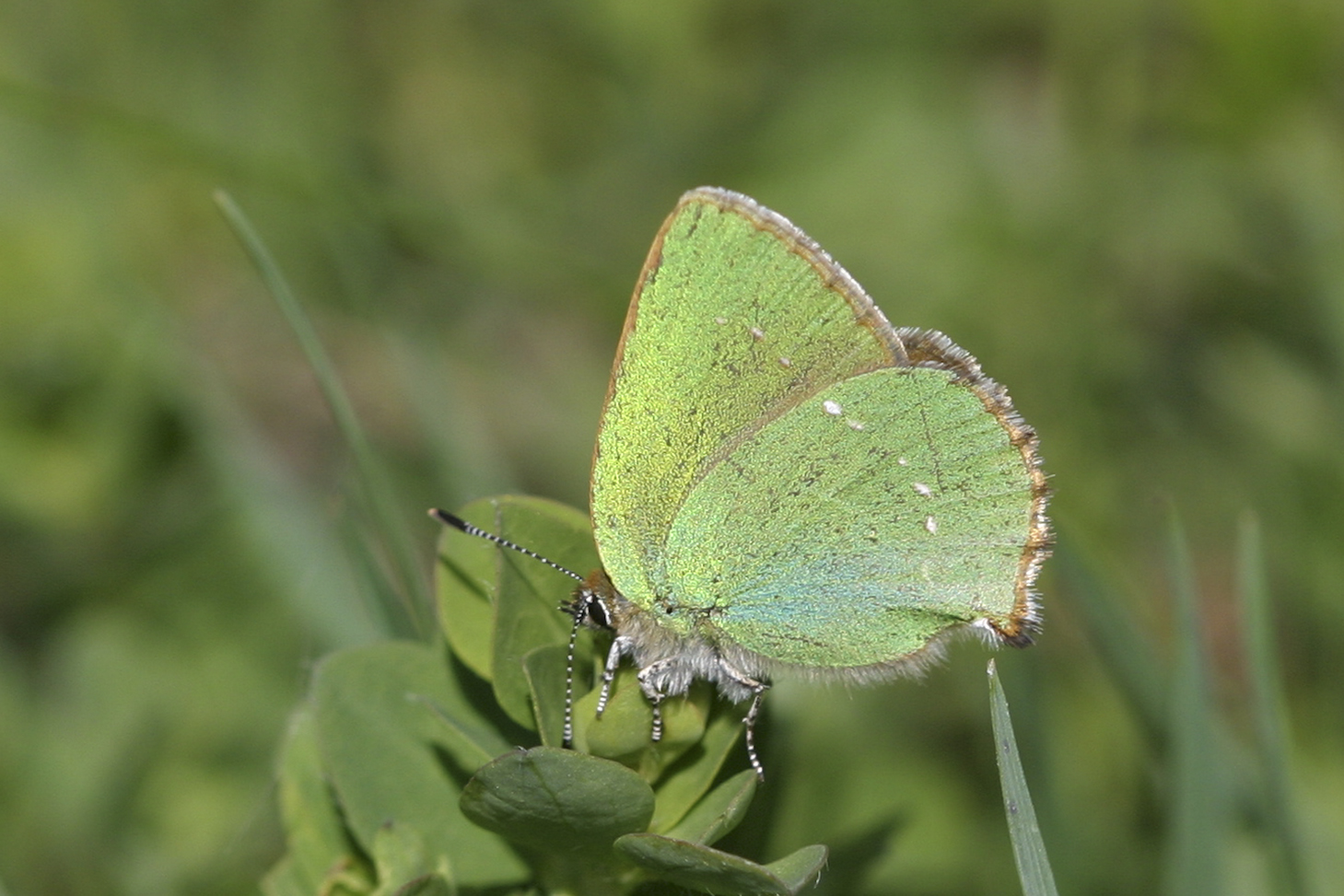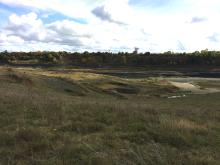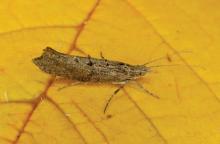
Management of seven
Green Hairstreaks, which nationally have declined by 68% (according to the UK Butterfly Monitoring Scheme), are now found at four of the Cemex sites, with biodiversity priority species such as the Small Blue and Grizzled Skipper also increasing at the sites.
Management of the land around the sites through landscape-scale conservation now provides better butterfly habitat.
An outstanding example of landscape-scale conservation is the ‘butterfly amphitheatre’ created at Rugby cement plant, says Cemex UK. Here, as with the other sites such as New Bilton Quarry, the aim is to connect more areas of suitable habitat, preventing species from becoming marooned in one area with limited food sources and possibility of inbreeding.
Warwickshire butterfly conservation officer, Mike Slatter, said: “2012 was disastrously wet for butterflies and it dented the good conservation progress made in recent years. However, with the provision of better quality habitat, and in this case some of the best habitat, on a landscape scale such as on these Cemex sites, recovery can take place.”
The conservation work is continuing with activities such as the seeding of Birds-food trefoil, Kidney Vetch and Creeping Cinquefoil to the delight of the butterfly population in Warwickshire.
RSPB and Cemex UK are working together to enrich nature and increase the biodiversity of Cemex UK operations.
In 2010, Cemex supported by the RSPB, launched its biodiversity strategy with a commitment to the creation and maintenance of 1,000 hectares of priority habitats by 2020. This is the equivalent to approximately 100 hectares/year and represents a major investment in protecting and promoting nature and wildlife for future generations to enjoy.






